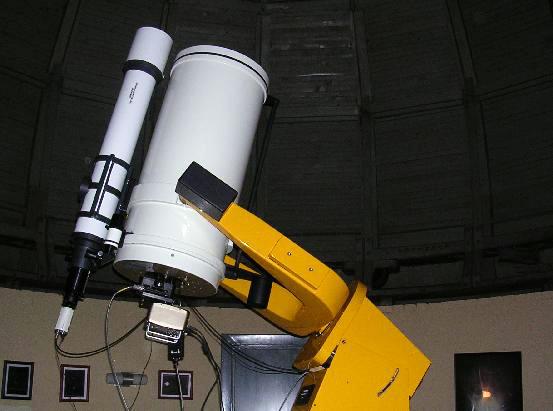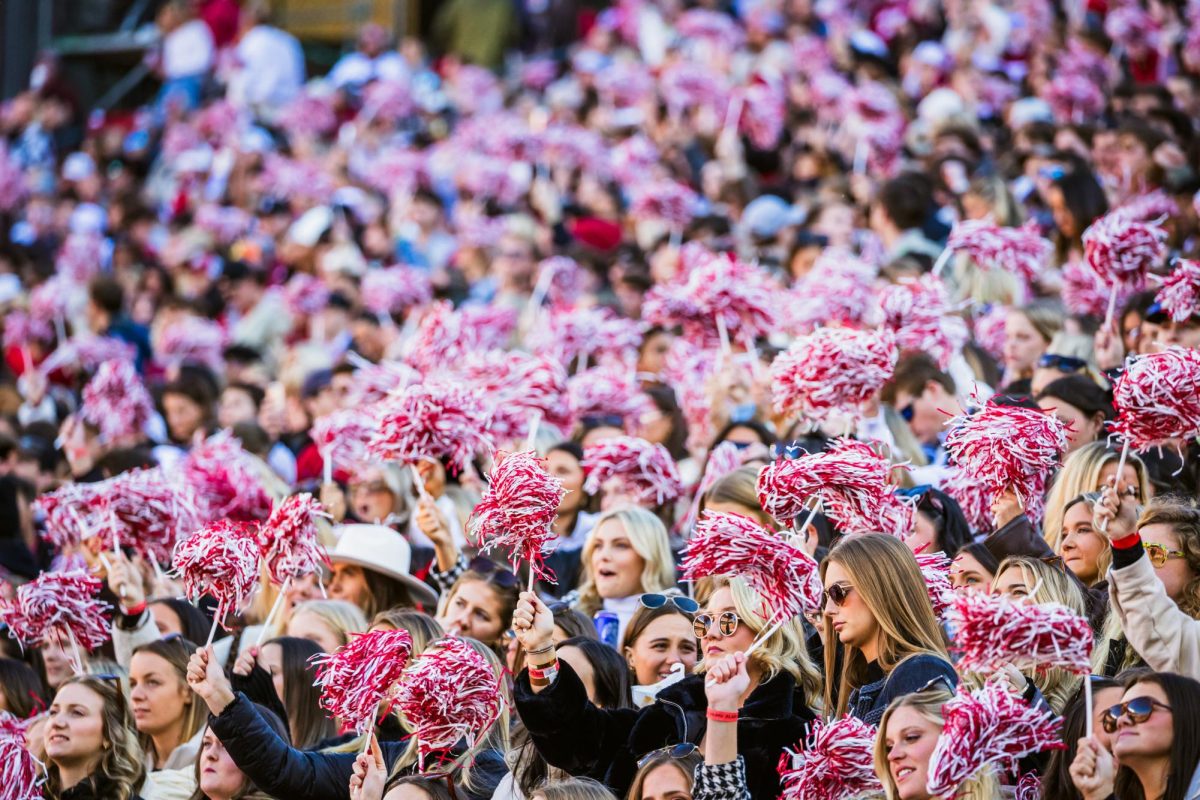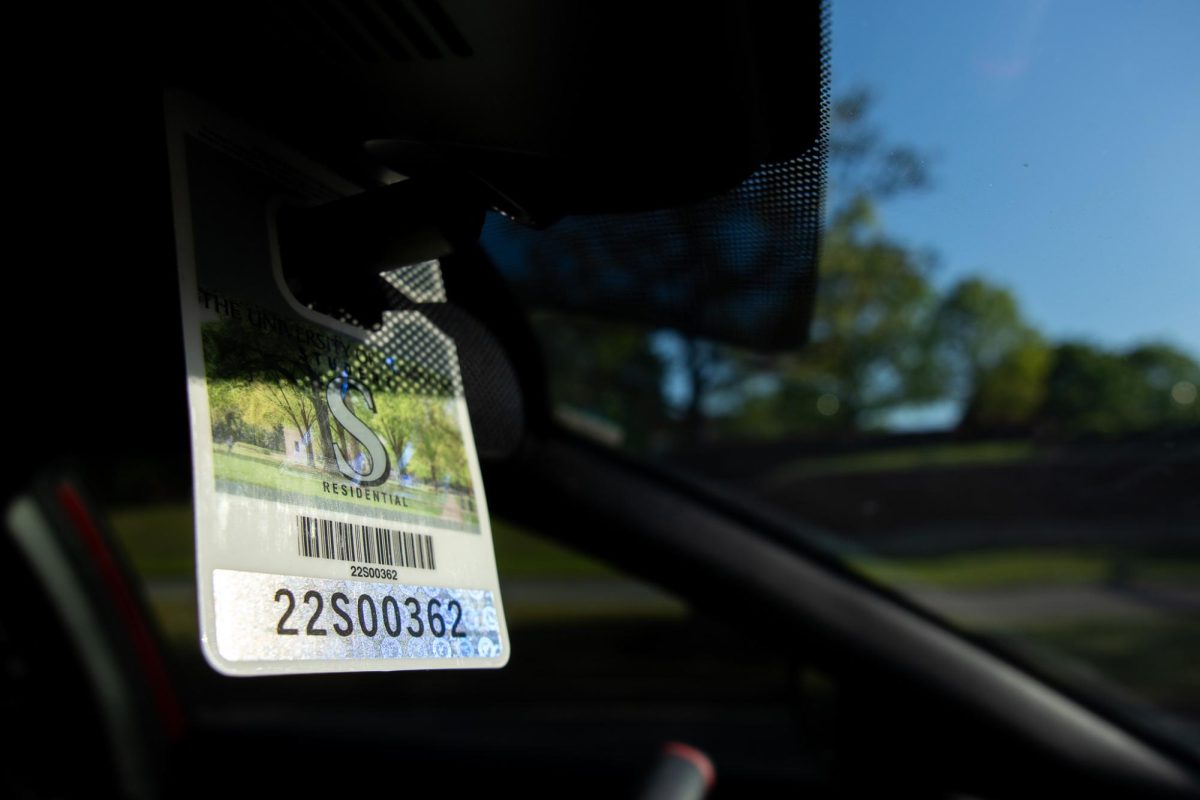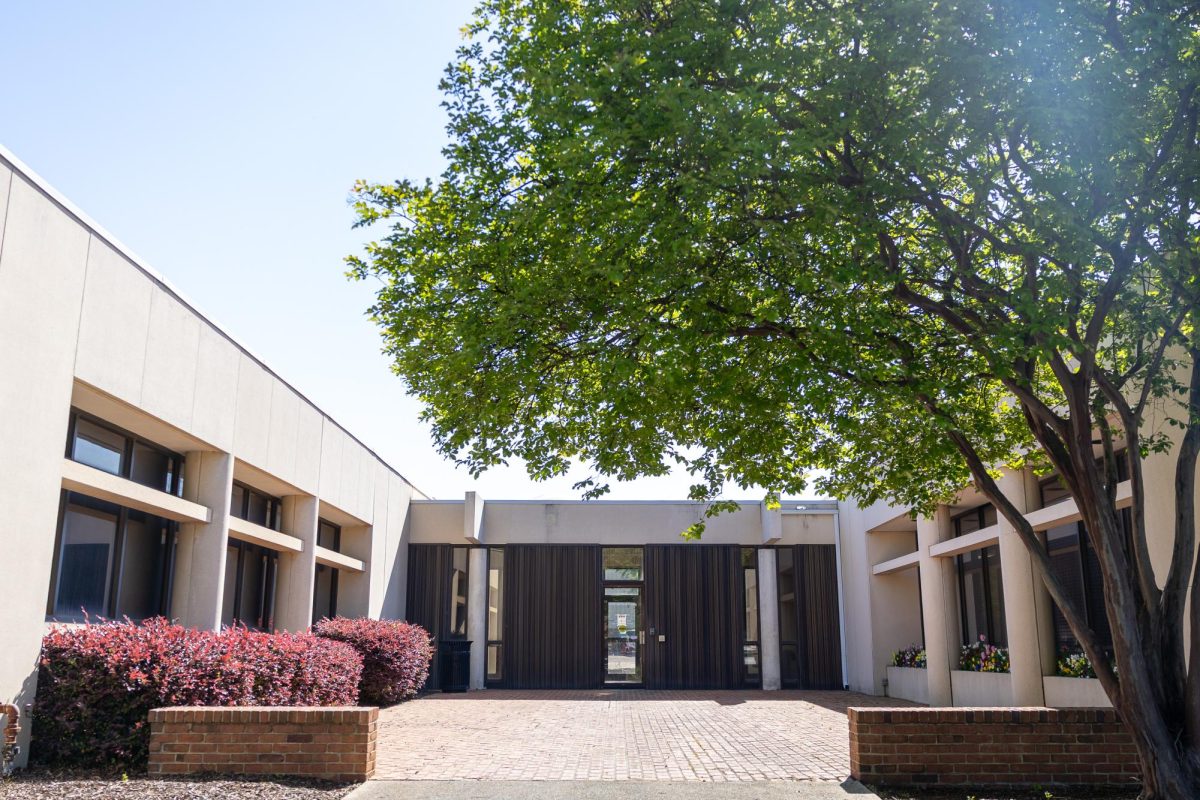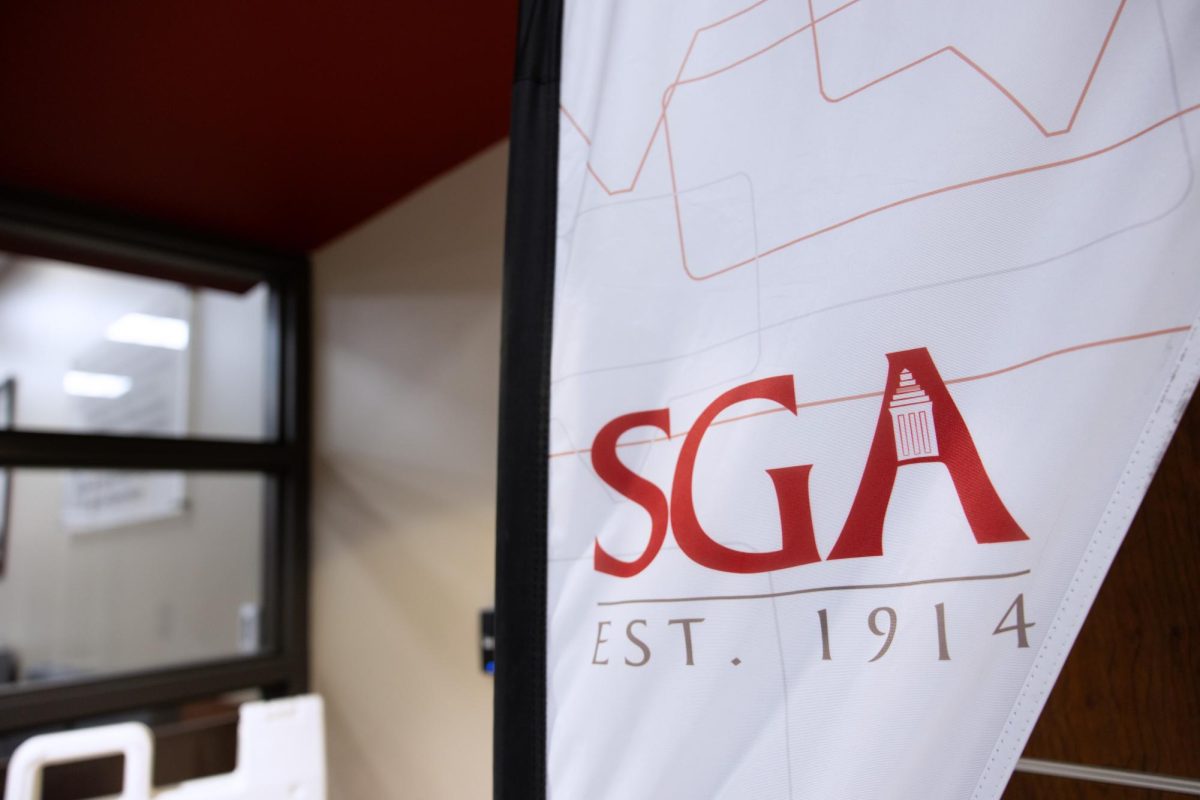In what tends to happen only every decade or two, Venus and Jupiter will appear in close proximity to one another and will be visible to the naked eye.
“This will be the closest conjunction of Jupiter and Venus we’ve been able to see since 1999,” said William Keel, UA professor of physics and astronomy.
Although the two planets will look relatively similar in size through a telescope, Jupiter is actually more than 10 times the size of Venus. This is due to the fact that they are around 516 million miles away from each other. The last time an event like this happened we had our previous telescope, Keel said.
“You’ve got the two brightest things in the night sky that have been edging closer to each other for months now,” Keel said.
Students and visitors are invited to go to the Gallalee Hall observatory to view the pair through the University’s 16-inch, research grade telescope. Gallalee Hall is located on the corner of University Boulevard and 6th Avenue. The department of physics and astronomy host “Public Night” viewings at Gallalee Hall throughout the year. To learn more information about these events, visit the department’s web page.



